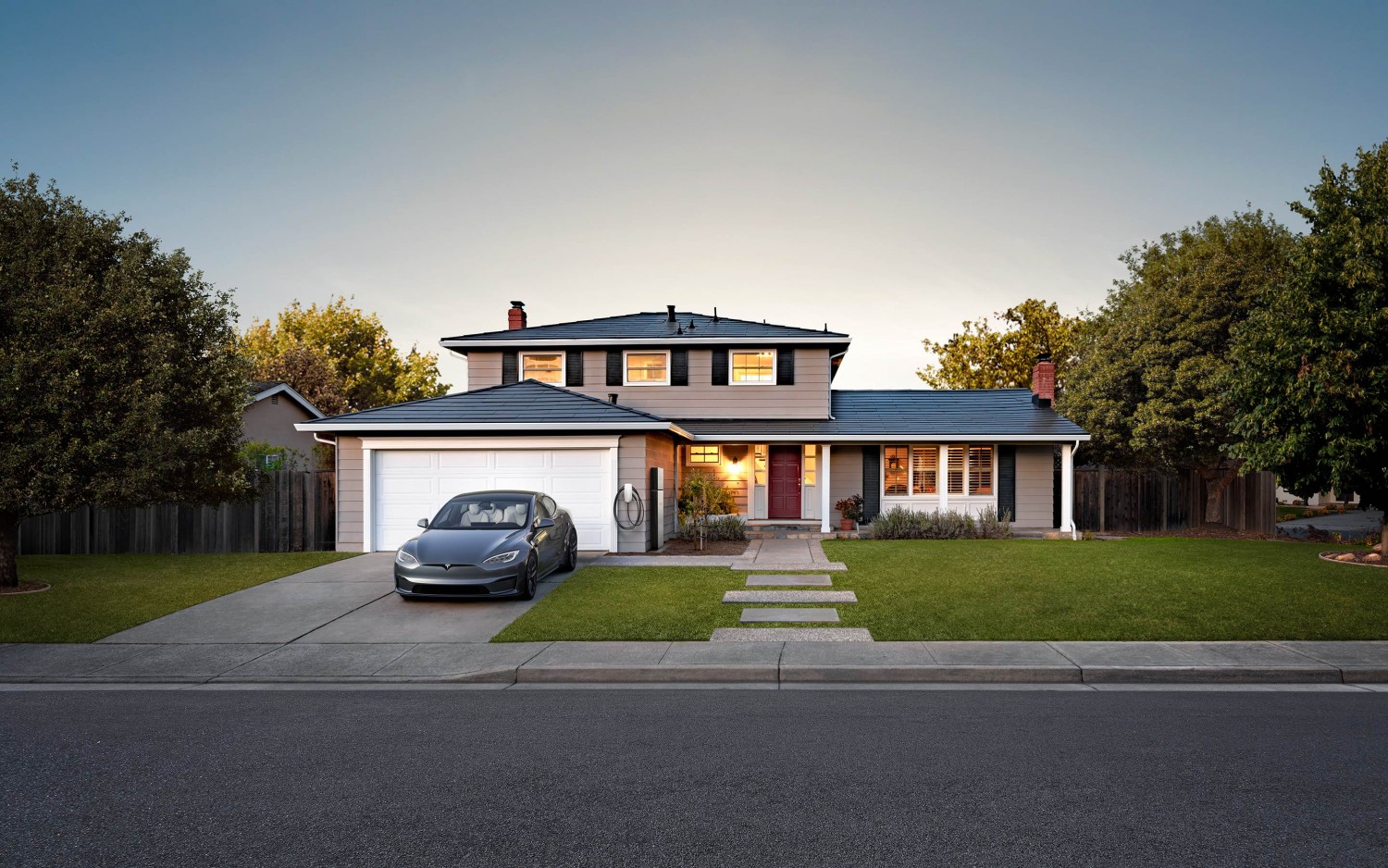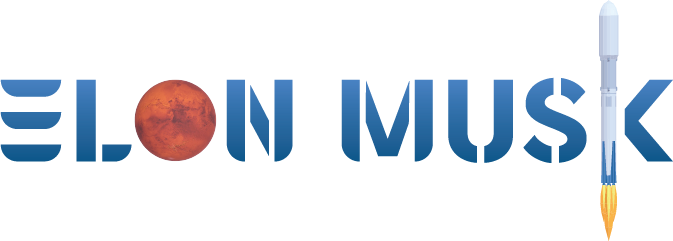
CATL And Panasonic Send Signals Based on Which Tesla Isn’t Jumping on The Solid-State Battery Hype Train Anytime Soon
- by Torque News
- Aug 09, 2025
- 0 Comments
- 0 Likes Flag 0 Of 5

Advertising
For years, the EV world has been buzzing about solid-state battery technology for electric vehicles, promising double the range, lightning-fast charging, and improved safety. It’s been painted as the magic bullet that will finally make electric cars irresistible to even the most skeptical drivers.
But if you look past the headlines, Tesla’s two largest battery suppliers - Panasonic and CATL - are quietly signaling a reality check: solid-state isn’t ready for the big leagues just yet. That’s why Tesla may not use solid-state batteries anytime soon, and it’s a decision that could be far smarter than it sounds.
Solid-State Sounds Perfect - On Paper
On the spec sheet, Tesla solid-state battery range potential is jaw-dropping. Replace the liquid electrolyte in a lithium-ion cell with a solid material, and you could theoretically push energy density to 500 Wh/kg: meaning a Tesla Model Y with over 600 miles of range. That’s the kind of promise you’ll also see when reading about new solid-state battery designs from companies like ProLogium.
Solid-state also promises faster charging, better performance in extreme cold, and better safety margins. But here’s the challenge - turning a lab breakthrough into millions of road-ready battery packs is a colossal leap. As we’ve discussed in why solid-state batteries aren’t ready for primetime, the hurdle isn’t making one great battery, it’s making millions of them that survive years of vibration, heat cycles, and real-world abuse.
Panasonic and CATL Are in No Rush - and Neither Is Tesla
Panasonic’s CTO recently said that solid-state batteries for Tesla cars aren’t likely anytime soon, hinting that the tech is better suited for drones or power tools at its current stage. CATL, the world’s largest battery maker, has offered similar caution—projecting that large-scale EV-ready solid-state production might be possible by 2027, but only if everything goes right.
Tesla, meanwhile, is making a different bet: improving what already works. The company is focusing on higher-nickel cathodes, structural battery packs, and other lithium-ion battery improvements for Tesla models. These aren’t as flashy as “solid-state,” but they’re reliable, cost-effective, and ready for mass production.
And here’s where I challenge the conventional thinking in the EV community—we sometimes act as if solid-state is the only “real” future worth chasing. But history shows that in tech, sometimes the smartest move isn’t the biggest leap—it’s the most strategic step.
The iPhone SE Effect - Why Incremental Wins Matter
Think about the iPhone SE. It doesn’t have all the cutting-edge features of the Pro models, but it delivers exactly what millions of people need at a price they’re willing to pay. That’s the same philosophy Tesla is using by sticking with lithium-ion for now: practical, proven performance over unproven promises.
We’ve already seen new battery advancements give the average EV a range close to what a Tesla Model 3 Long Range offers today. And emerging silicon-anode battery upgrades for Tesla could add 20% more capacity without overhauling production lines.
In other words, the underlying need - more range, faster charging, and lower cost per mile in Tesla vehicles - doesn’t require waiting on solid-state. It can be delivered with evolutionary improvements instead of revolutionary gambles.
The Real-World Barriers to Solid-State Battery Technology for Electric Vehicles
Advertising
Even though solid-state battery technology for electric vehicles looks unbeatable in theory, the real-world challenges are staggering. One of the main issues is scaling up manufacturing. Making one solid-state cell in a lab is easy enough, but producing millions of identical, reliable units at an affordable cost is a completely different challenge. Solid electrolytes can be brittle, which means durability under vibration and temperature swings - two things EVs deal with daily - is still a big unknown.
Another barrier is charging infrastructure. Even if solid-state batteries for Tesla cars become available, the charging network will need upgrades to handle their full capabilities. It’s one thing to design a battery that can charge in five minutes—it’s another to ensure the grid, chargers, and software can deliver that consistently. Until those gaps are closed, the real-world benefit might not be as dramatic as marketing materials suggest.
How Lithium-Ion Battery Improvements for Tesla Models Are Closing the Gap
Tesla’s focus on lithium-ion battery improvements for Tesla models is starting to pay off in ways that rival early solid-state promises. Through advances like high-nickel cathodes and tabless 4680 cells, Tesla has been able to increase energy density while lowering production costs. This approach means EV buyers get tangible benefits—like better range and performance—without waiting a decade for lab tech to hit mass production.
Pair that with emerging silicon-anode battery upgrades for Tesla, and you have a clear roadmap for incremental gains that stack up over time. These upgrades can boost capacity by 20% or more, translating to more range, faster charging, and lower cost per mile in Tesla vehicles. For many drivers, that’s more than enough incentive to upgrade without holding out for the perfect - but still hypothetical - solid-state battery.
Please first to comment
Related Post
Stay Connected
Tweets by elonmuskTo get the latest tweets please make sure you are logged in on X on this browser.






 Energy
Energy


















